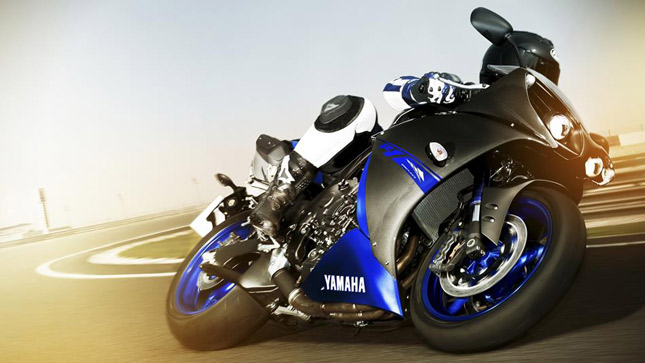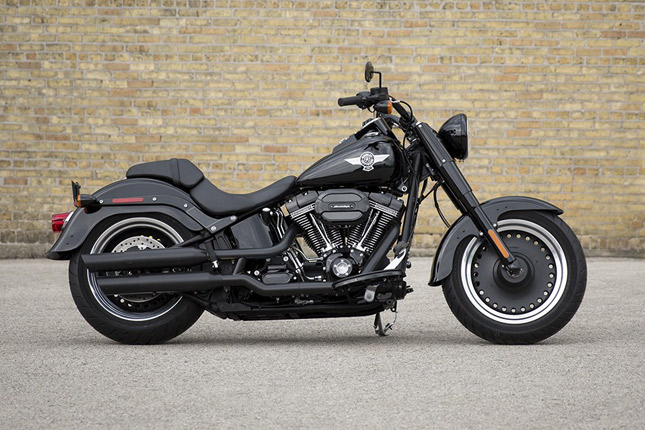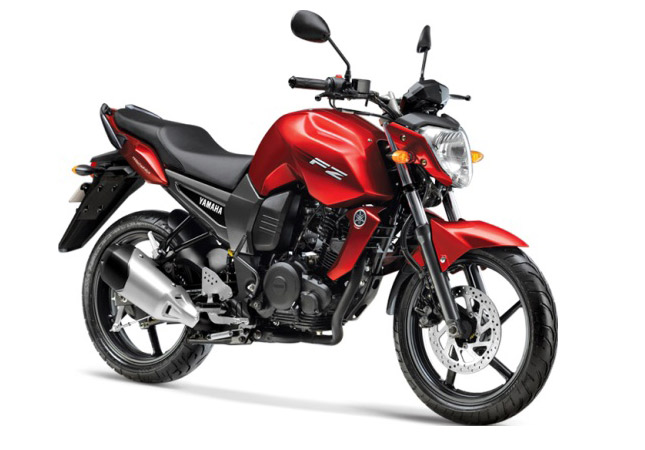Engines come in various sizes and specifications, as you all know through the previous articles. But every single engine must fall under the following types.
1. Under square engine
2. Over square engine
3. Square engine
These might look very simple by just looking at the names, but there is much more than that. Each type has entirely unique characteristics and are utilized on motorcycles based on that. Before going into the types one needs to know about Bore and Stroke, as an engine is either Oversquare or Undersquare or simply Square and it is going to be classified only based on this.
The "Bore" is the diameter of the circular chambers cut into the cylinder block (which is where the piston sits). The "Stroke" is the length of the travel of a piston inside the cylinder from top to bottom (which is technically known as the distance between Top Dead Center (TDC) and (BDC) Bottom Dead Center).
The ratio between cylinder diameter and cylinder stroke is known as the Bore to Stroke ratio. Based on this ratio the engines are categorized into these 3 types.
The Oversquare engines are the ones that have a larger cylinder diameter and a shorter stroke, they are also commonly called a "Short Stroke Engines". So eventually, the size of the piston is relatively larger and length of the cylinder is very short. This is the type of engine used on every sportbike, where peak revs play a very vital role. As the length of the cylinder is shorter the piston can make more number of revs in a given time, which is the reason why these bikes redline at 15,000 odd rpm. MotoGP bikes take it on to a whole new level and redline at a humongous 22,000 rpm, which is why they can accelerate faster than a Formula One car.
2. Under Square engines.
The Undersquare engines are the exact opposite of Oversquare ones, as Under Square engines have smaller cylinder diameter and a longer stroke they are popularly known as "Long-stroke Engines". The Undersquare engines are the ones used on the big Cruiser bikes. These bikes don't require outright acceleration or peak rpm's to get its job done. What it all needs is just a mammoth amount of torque. Such high torque figures can be achieved by having a longer stroke, as it takes more time for the piston to complete a single stroke. Thus, the bike can pull up easily at very low rpms, allowing the riders to stay on higher gears.
Next time when you see that big, long V twin on a Harley Davidson, you'll know the exact reason behind it. So, Harley only quotes the Torque figure of its bikes and never mentions about the Horse power on its official technical specifications. 3. Square engines.
3. Square engines.
These are the engines that have almost same (if not exactly same) cylinder diameter and stroke. These types of engines are vastly used on the street bikes or commuter motorcycles where there is a need for both good acceleration and a healthy amount of torque. This sort of configuration is mostly done only on single cylinder engines. The 153cc Yamaha FZ16, having a bore of 58.0 mm and a 57.9 mm stroke is a perfect example of a Square engine.
So, from next time when you look on a specification list of a motorcycle you can exactly classify which type it belongs to. Stay tuned to BikesIndia for further more topics.
By: Aravind Rb
1. Under square engine
2. Over square engine
3. Square engine
These might look very simple by just looking at the names, but there is much more than that. Each type has entirely unique characteristics and are utilized on motorcycles based on that. Before going into the types one needs to know about Bore and Stroke, as an engine is either Oversquare or Undersquare or simply Square and it is going to be classified only based on this.
The "Bore" is the diameter of the circular chambers cut into the cylinder block (which is where the piston sits). The "Stroke" is the length of the travel of a piston inside the cylinder from top to bottom (which is technically known as the distance between Top Dead Center (TDC) and (BDC) Bottom Dead Center).
The ratio between cylinder diameter and cylinder stroke is known as the Bore to Stroke ratio. Based on this ratio the engines are categorized into these 3 types.
When the Bore/Stroke ratio is,
=1 - Square engine.
>1 - Over Square engine.
<1 - Under Square engine.
1. Over Square engines.
=1 - Square engine.
>1 - Over Square engine.
<1 - Under Square engine.

*** Yamaha YZF-R1, having a Bore of 79 mm and a 50.9 mm Stroke.
The Oversquare engines are the ones that have a larger cylinder diameter and a shorter stroke, they are also commonly called a "Short Stroke Engines". So eventually, the size of the piston is relatively larger and length of the cylinder is very short. This is the type of engine used on every sportbike, where peak revs play a very vital role. As the length of the cylinder is shorter the piston can make more number of revs in a given time, which is the reason why these bikes redline at 15,000 odd rpm. MotoGP bikes take it on to a whole new level and redline at a humongous 22,000 rpm, which is why they can accelerate faster than a Formula One car.
2. Under Square engines.

*** Harley Davidson Fatboy, having a Bore of 98.4 mm and a 111.1 mm stroke.
The Undersquare engines are the exact opposite of Oversquare ones, as Under Square engines have smaller cylinder diameter and a longer stroke they are popularly known as "Long-stroke Engines". The Undersquare engines are the ones used on the big Cruiser bikes. These bikes don't require outright acceleration or peak rpm's to get its job done. What it all needs is just a mammoth amount of torque. Such high torque figures can be achieved by having a longer stroke, as it takes more time for the piston to complete a single stroke. Thus, the bike can pull up easily at very low rpms, allowing the riders to stay on higher gears.
Next time when you see that big, long V twin on a Harley Davidson, you'll know the exact reason behind it. So, Harley only quotes the Torque figure of its bikes and never mentions about the Horse power on its official technical specifications.
 3. Square engines.
3. Square engines.These are the engines that have almost same (if not exactly same) cylinder diameter and stroke. These types of engines are vastly used on the street bikes or commuter motorcycles where there is a need for both good acceleration and a healthy amount of torque. This sort of configuration is mostly done only on single cylinder engines. The 153cc Yamaha FZ16, having a bore of 58.0 mm and a 57.9 mm stroke is a perfect example of a Square engine.
So, from next time when you look on a specification list of a motorcycle you can exactly classify which type it belongs to. Stay tuned to BikesIndia for further more topics.
By: Aravind Rb











